Hon Chong - Dang Tat coral reef (Bac Nha Trang Ward, Khanh Hoa ) has an area of about 4.75 hectares, coral coverage ranges from 15.7% to 65.7%, average 32.4% - a relatively high level compared to the average of coastal areas.
According to records, this area has up to 62 species of hard corals, of which the Acropora coral group has up to 8 species - the highest in the entire bay. The reef ecosystem also attracts and maintains about 40 species of reef fish. In addition to the main coral reefs, there are also scattered hard corals mixed with coral debris, seaweed and seagrass. In particular, the common seagrass is Thalassia hemprichii, along with the dominant species of seaweed of the genus Galaxaura and Gracilaria.
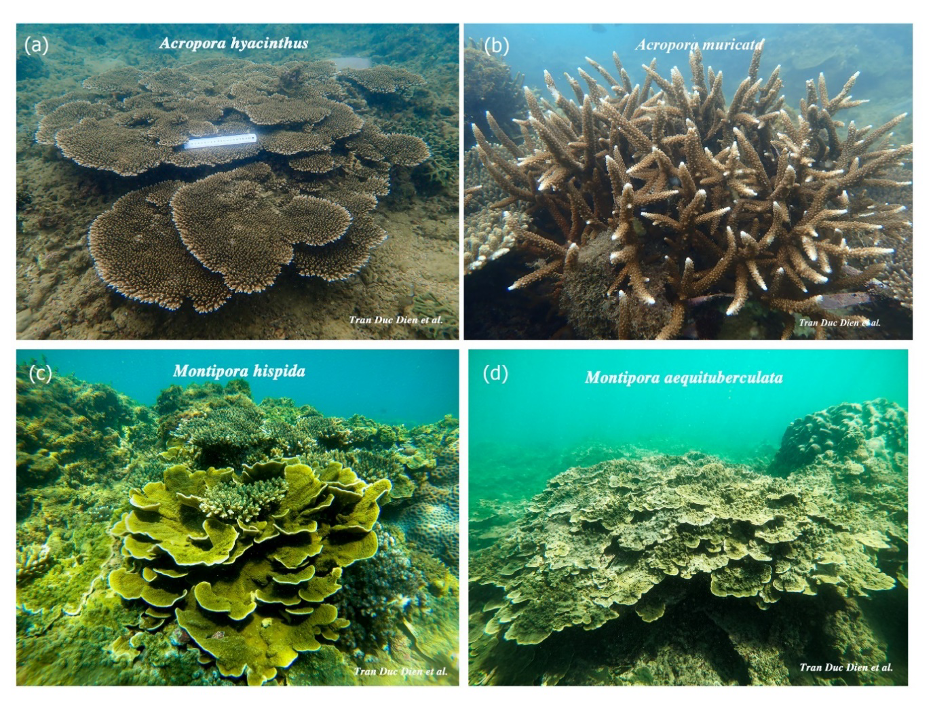
Hon Chong Coral Reef
PHOTO: NHA TRANG BAY MANAGEMENT BOARD
This is one of the few marine areas with coral reefs near the shore, playing an important role as a habitat and breeding ground for many marine species. However, this rich ecosystem located right next to the beach attracts many people and tourists .
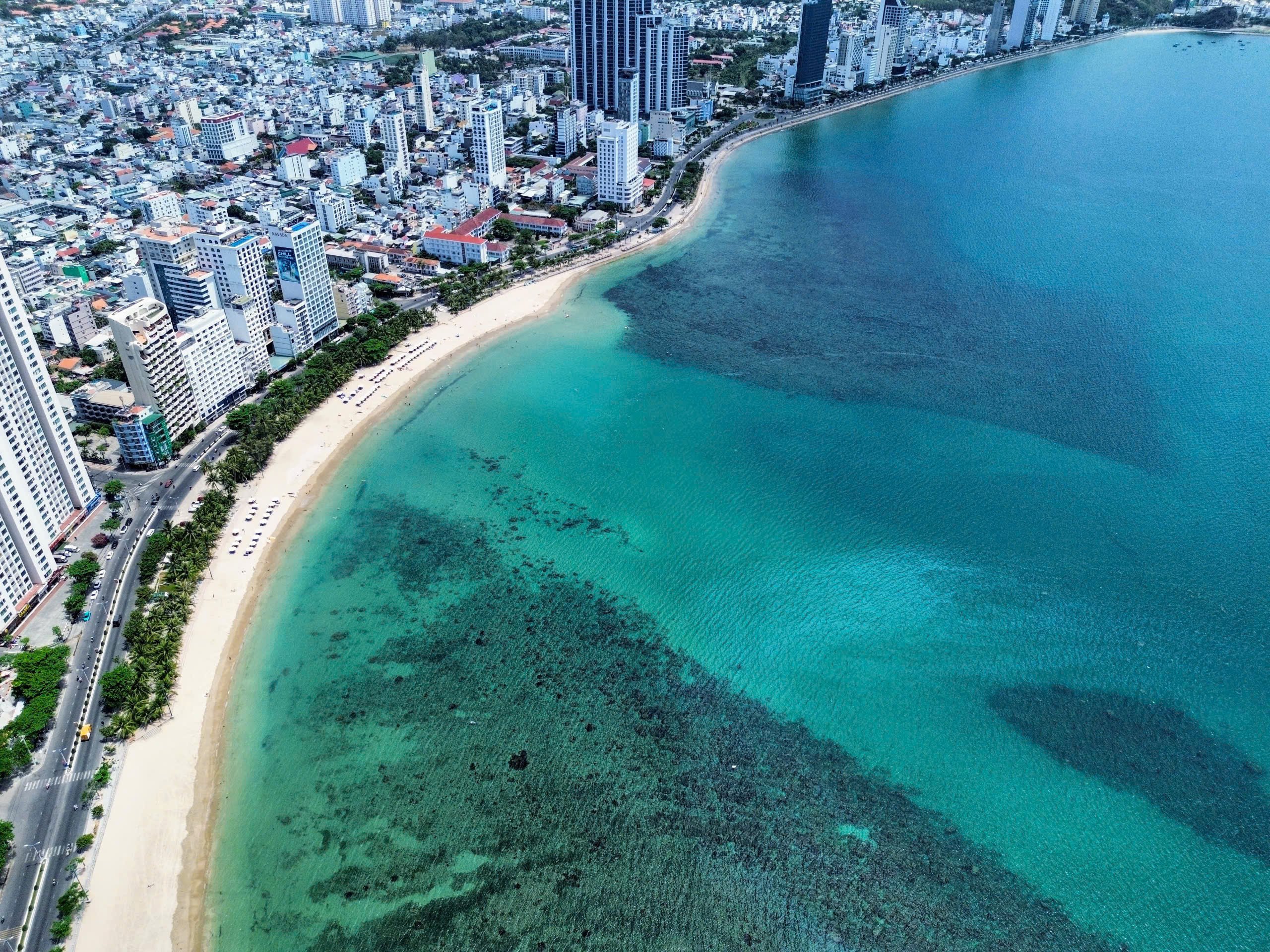
Hon Chong - Dang Tat coral reef seen from above
PHOTO: BA DUY
According to the Nha Trang Bay Management Board, the pressure on this ecosystem is increasing seriously. From 4-6 pm every day, low tide makes the coral reefs visible, hundreds of tourists and residents flock to explore . Many people trample directly on the coral, catching marine creatures. Some tourists even film clips and livestream on social networks showing off standing on the coral reef, causing this behavior to spread and be imitated.
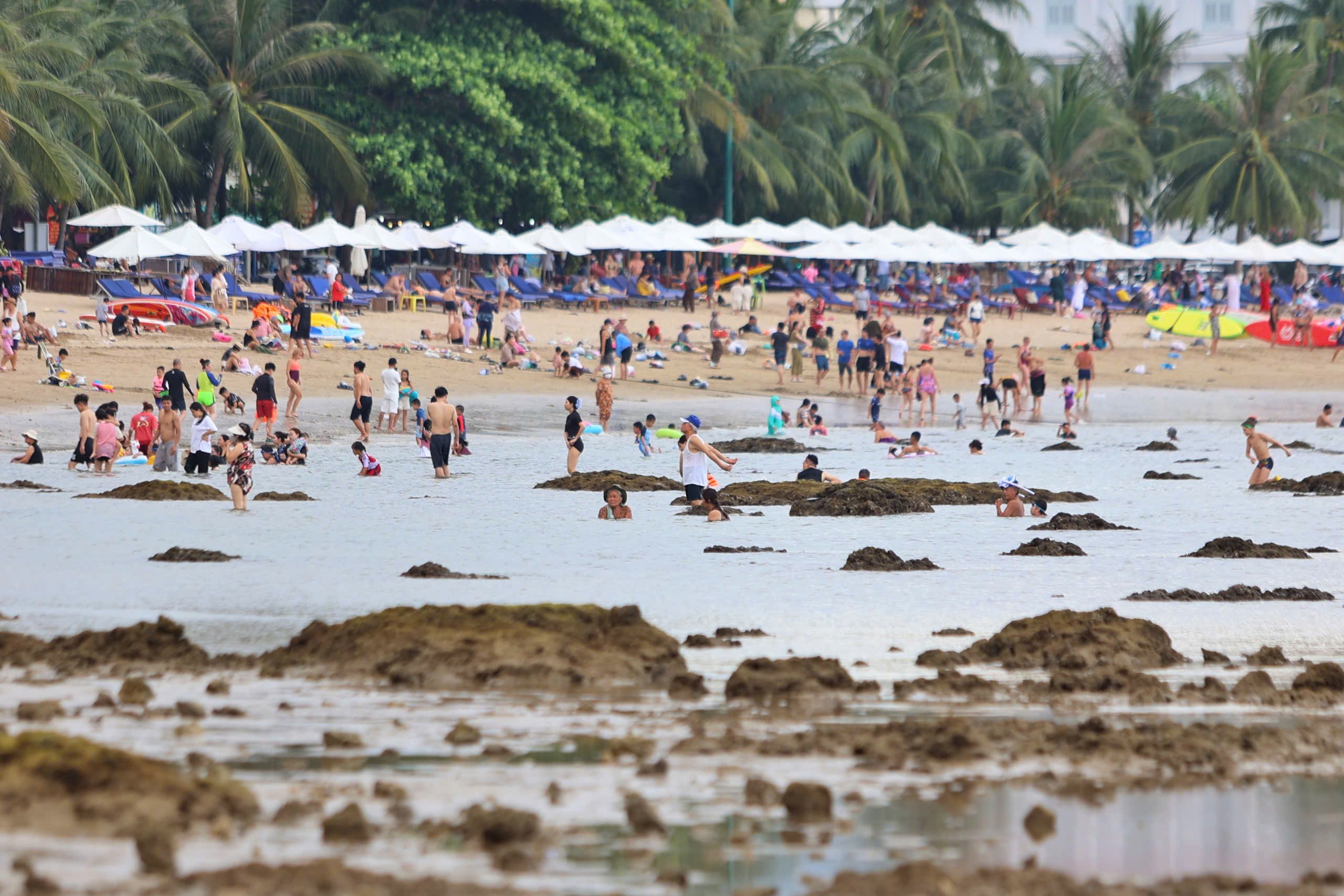
Coral reef located close to people's beach
PHOTO: BA DUY
In addition, from June to August every year, high sea temperatures cause local coral bleaching, combined with storms, floods, crown-of-thorns starfish and coral-eating snails. Particularly serious, every time there is heavy rain, wastewater from Pham Van Dong Street overflows into Hon Chong beach, creating black, foul-smelling water stains, directly polluting the coral reef ecosystem.
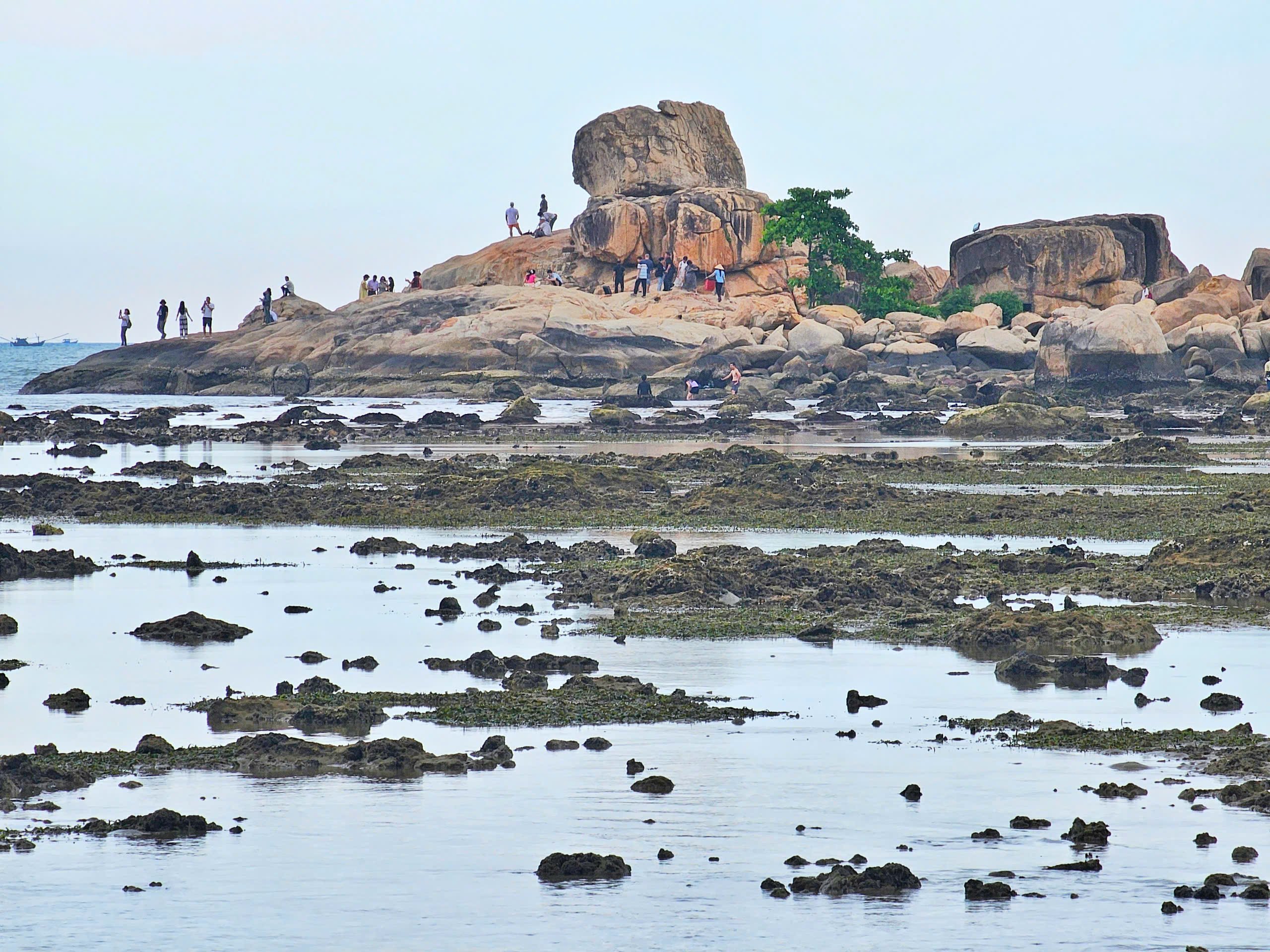
When low tides expose the coral reefs, people flock to explore, causing serious damage to the coral reefs.
PHOTO: BA DUY
In recent times, the Nha Trang Bay Management Board has implemented many active conservation measures. Mobile propaganda sessions are regularly held at Hon Chong beach and along Pham Van Dong street, especially on low tide days. The unit has installed 8 signboards for residents and tourists at important locations.
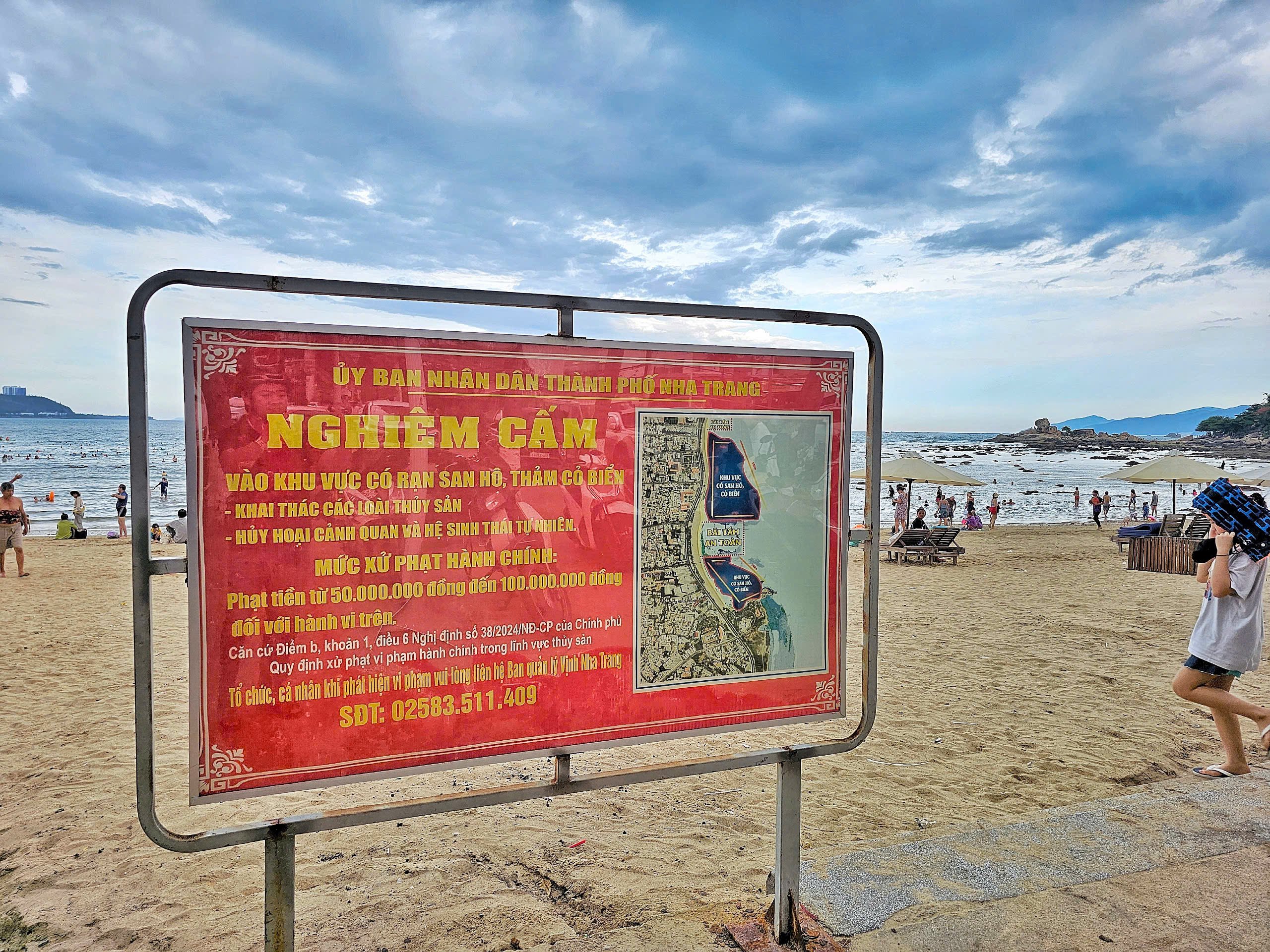
A guide board for locals and tourists on Hon Chong beach
Every day, working groups persistently go along the coast to directly remind people and tourists to stay away from coral areas and not to catch rare aquatic species. Mobile propaganda vehicles with loudspeakers also regularly run along the area, contributing to spreading the purpose and meaning of the activity to many groups of people and tourists of all ages when participating in entertainment and swimming in the Hon Chong - Dang Tat beach area.
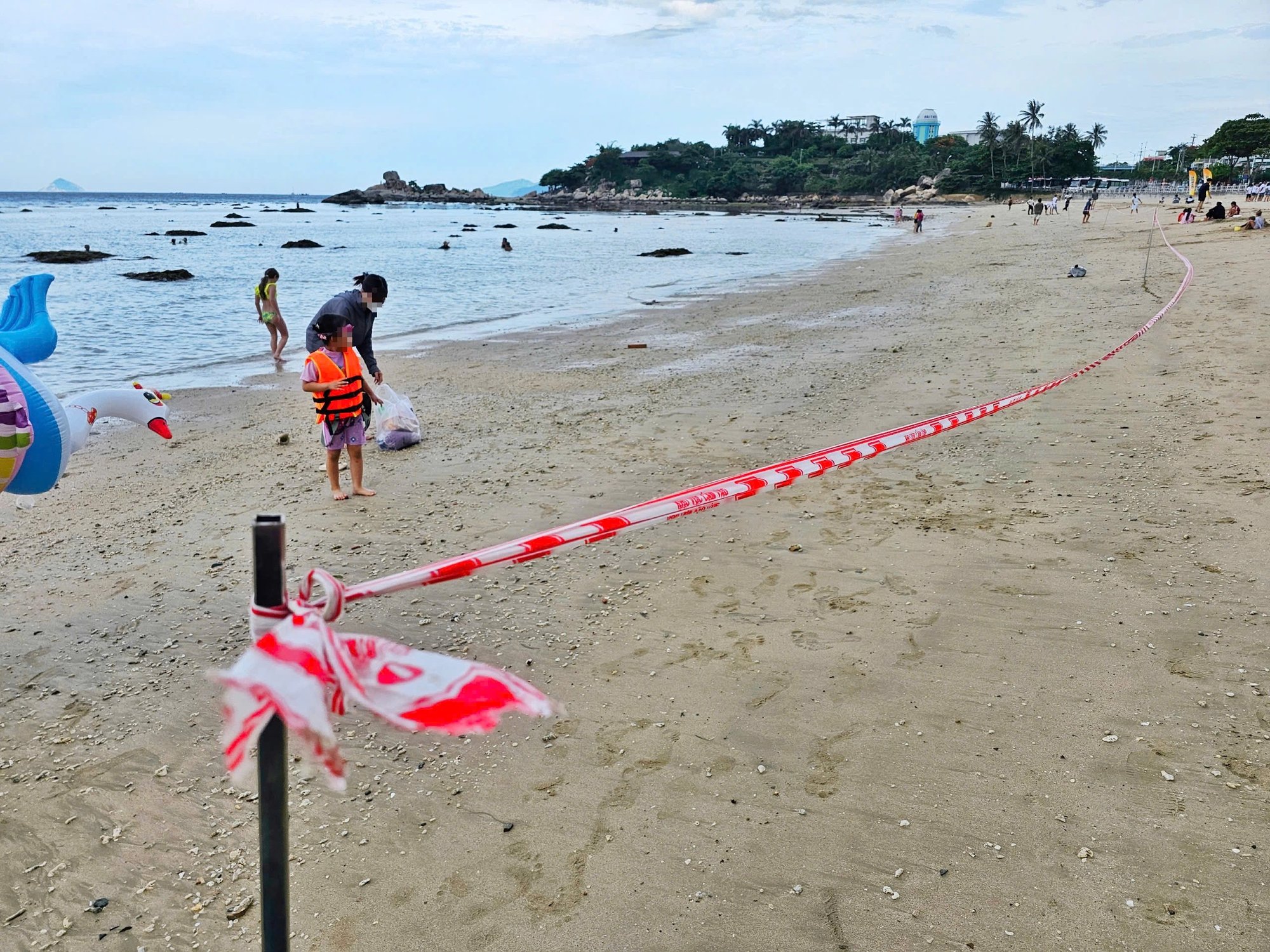
On low tide days, the bay management board puts up ropes to limit the swimming area, but many people do not comply.
PHOTO: BA DUY
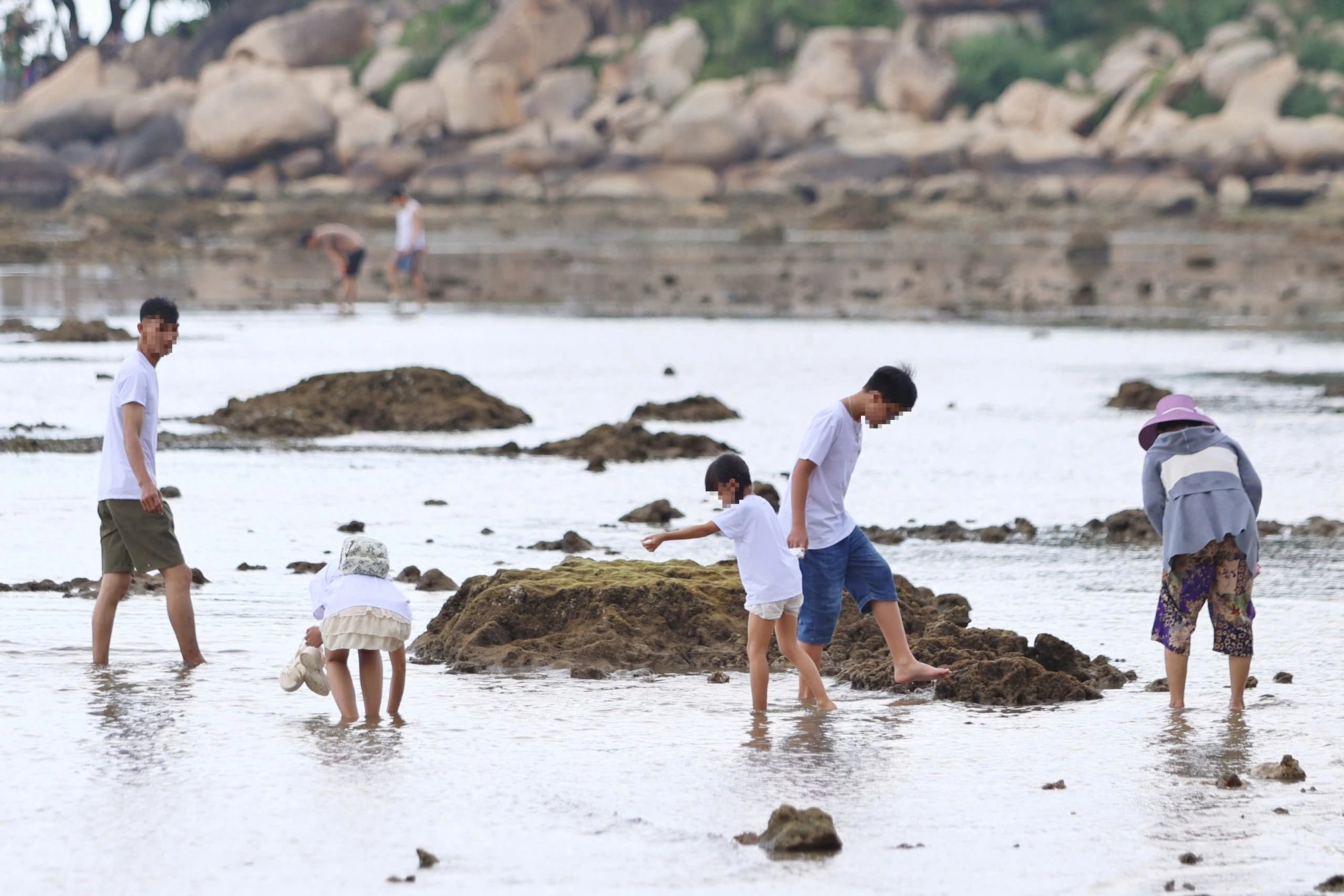
Many people trample directly on corals and catch marine creatures.
PHOTO: BA DUY
The Bay Management Board also sent propaganda documents to raise awareness of ecosystem conservation to universities and colleges in Nha Trang.
In addition, the unit also promoted communication and propaganda about the protection of Hon Chong coral reef on social networks. Initial results showed that people's awareness of protecting the marine environment has been significantly improved, with the majority complying with the request not to trample and catch aquatic products on the coral reef area.
Nha Trang Bay Management Board said that practical protection activities are systematically deployed. Every week, volunteers and management staff collect trash from the seabed, clean the environment to help coral grow better (limiting the possibility of nets and ropes breaking when strong ocean currents flow through). Catch crown-of-thorns starfish - the enemy of coral. In just 3 days last June, the volunteer team collected more than 220 kg of trash and removed fishing nets that were tightly wrapped around coral reefs.
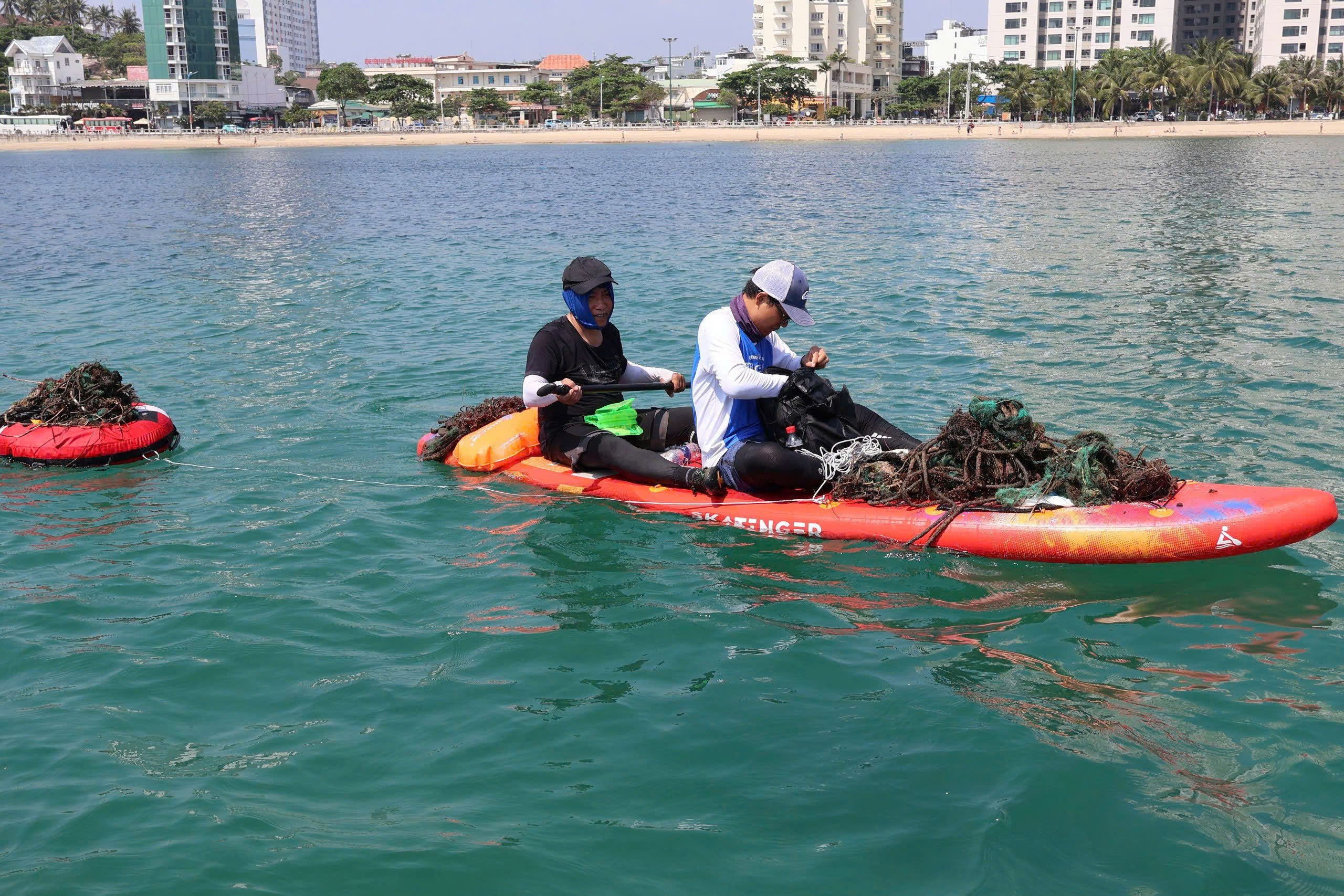
Volunteers regularly collect trash from the seabed, cleaning the environment to help corals grow better.
PHOTO: BA DUY
The Bay Management Board also coordinates with relevant agencies to patrol and propagate the protection of coral reefs, seagrass and the environment on low tide days (from April to September every year). At the same time, it cooperates with the Vietnam-Russia Tropical Center to survey the biodiversity of coral reefs and propose effective protection solutions.
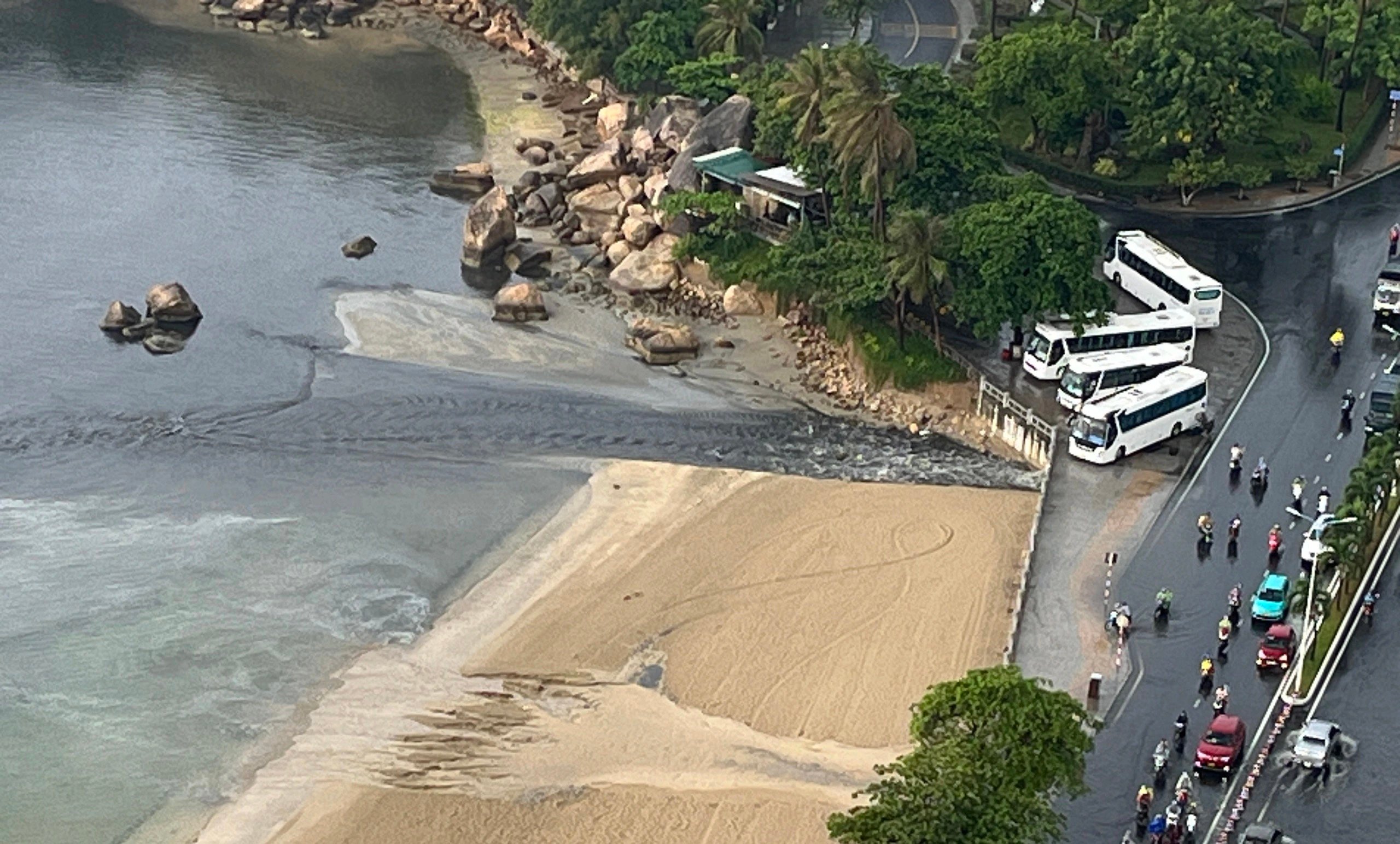
The problem of wastewater from Pham Van Dong Street flowing into the sea, affecting coral reefs, is being proposed to be resolved.
PHOTO: TN
In the future, the Management Board plans to install a system of buoys to create a clear boundary between the coral and seagrass protection area and the recreation area. A 24/7 patrol force will be established to ensure continuous monitoring. In parallel, the problem of wastewater flowing from Pham Van Dong Street into the sea is being proposed to be fundamentally resolved through projects to upgrade the drainage system.
Source: https://thanhnien.vn/khanh-hoa-tang-cuong-bao-ve-ran-san-ho-sat-bai-tam-cua-nguoi-dan-185250705092140638.htm


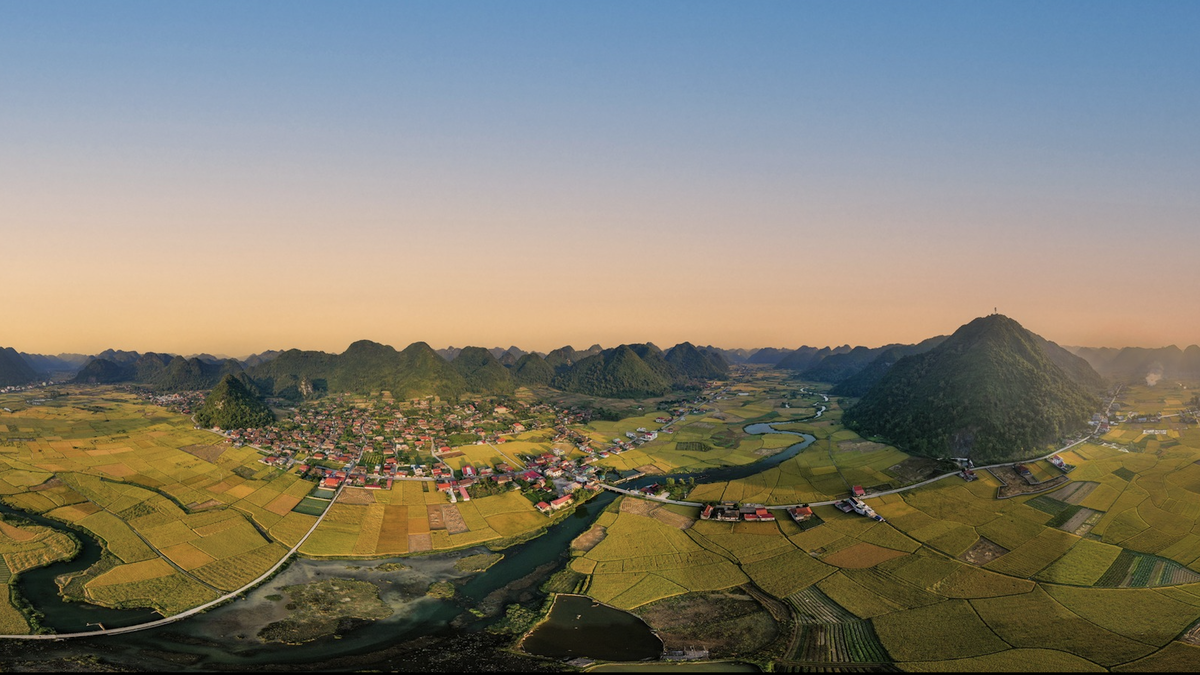
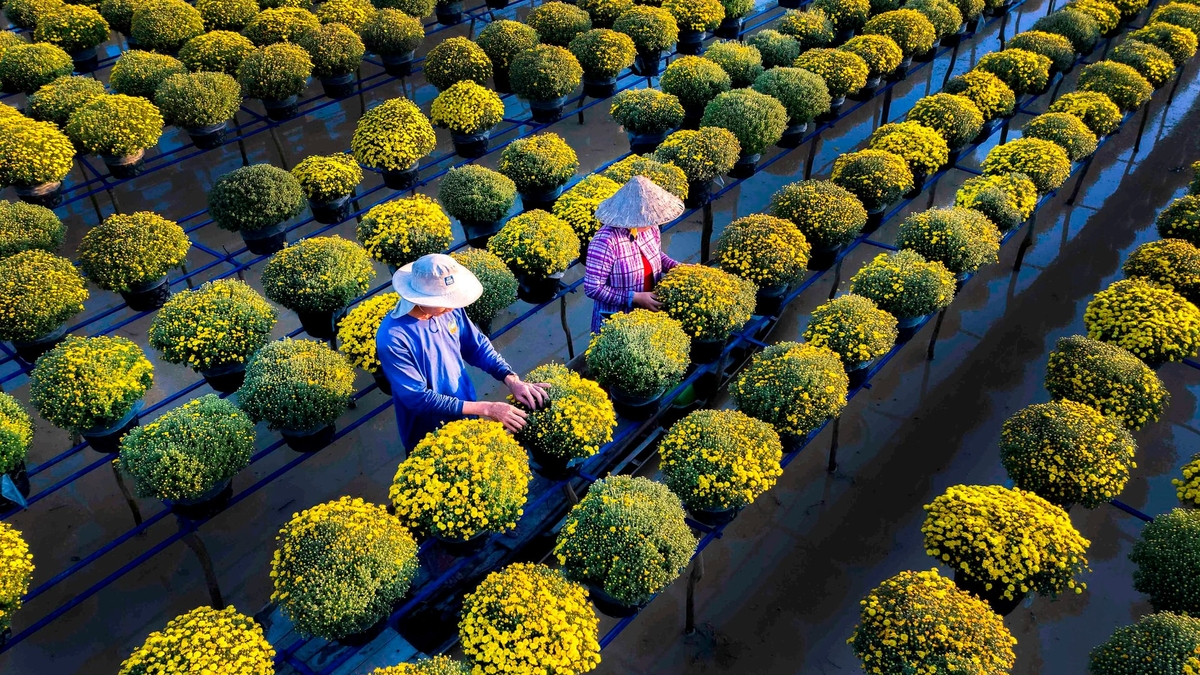
![[Photo] General Secretary To Lam received the delegation attending the international conference on Vietnam studies](https://vphoto.vietnam.vn/thumb/1200x675/vietnam/resource/IMAGE/2025/10/26/1761456527874_a1-bnd-5260-7947-jpg.webp)

![[Photo] Nhan Dan Newspaper displays and solicits comments on the Draft Documents of the 14th National Party Congress](https://vphoto.vietnam.vn/thumb/1200x675/vietnam/resource/IMAGE/2025/10/26/1761470328996_ndo_br_bao-long-171-8916-jpg.webp)
![[Photo] Enjoy the Liuyang Fireworks Festival in Hunan, China](https://vphoto.vietnam.vn/thumb/1200x675/vietnam/resource/IMAGE/2025/10/26/1761463428882_ndo_br_02-1-my-1-jpg.webp)
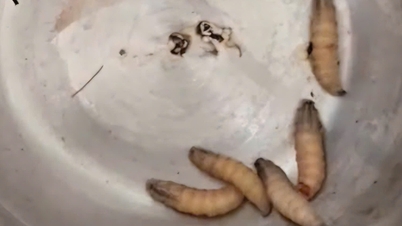
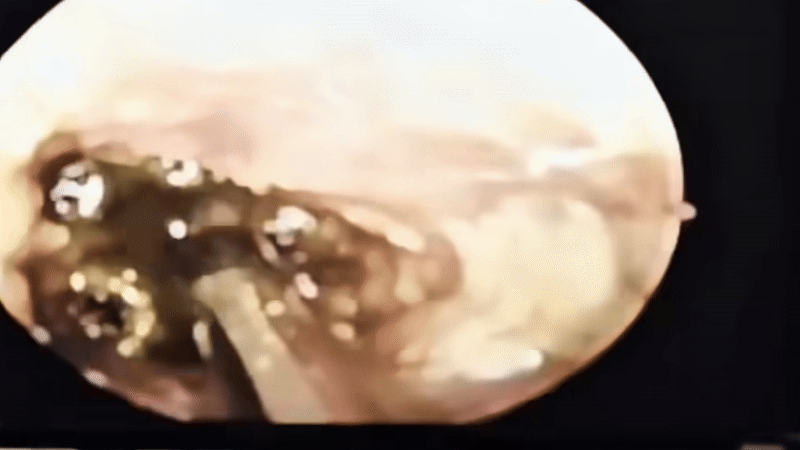

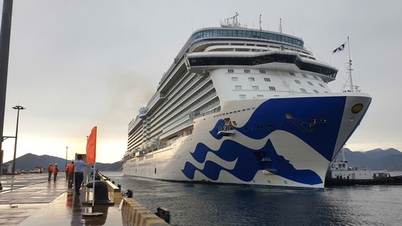

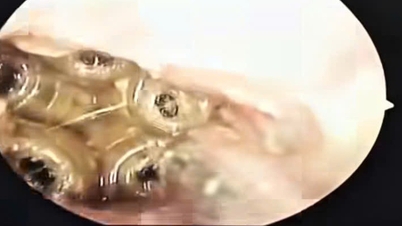

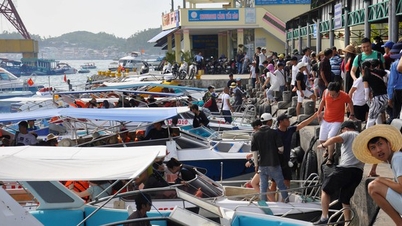
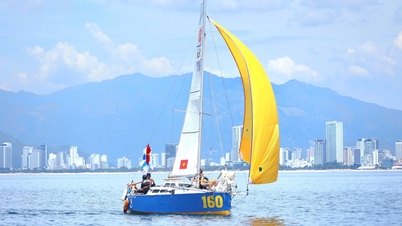
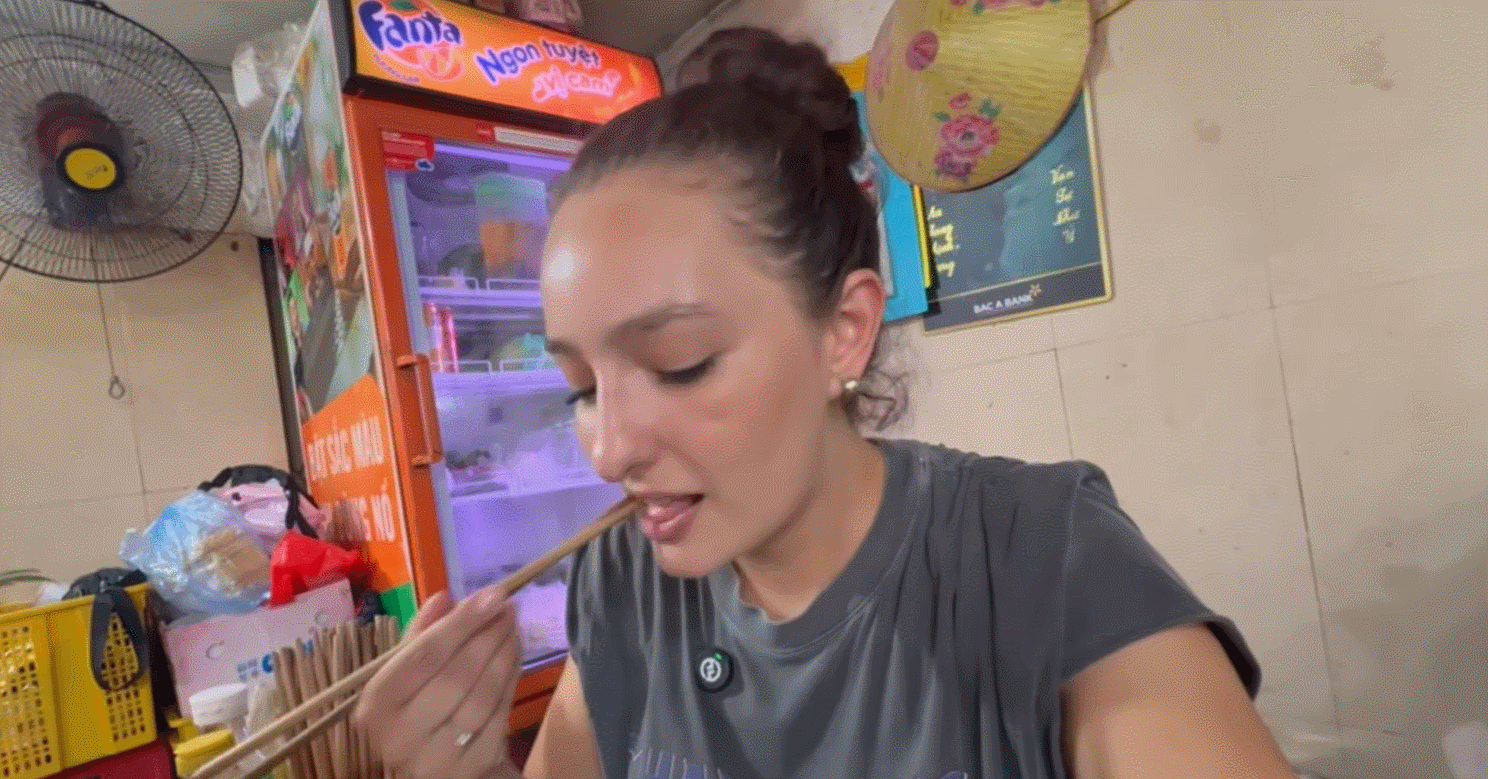



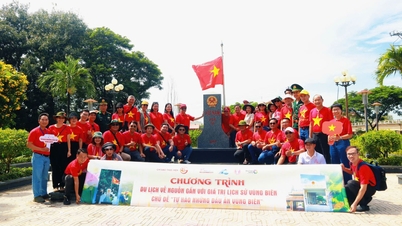

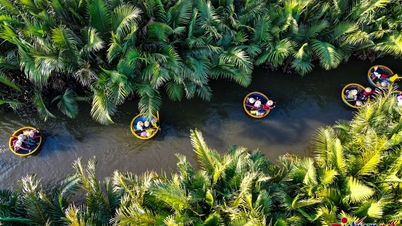
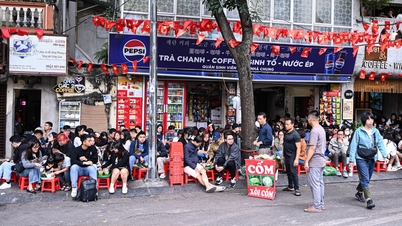



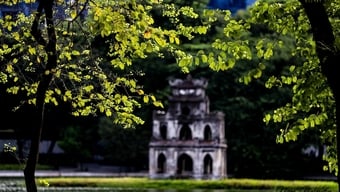
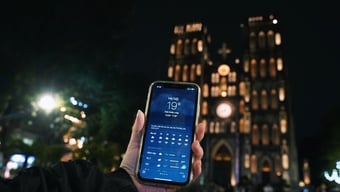


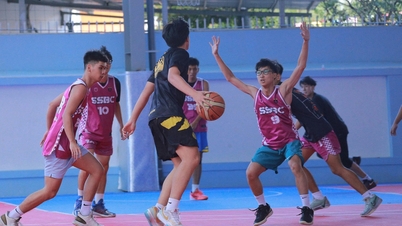




![[Photo] Prime Minister Pham Minh Chinh attends the opening of the 47th ASEAN Summit](https://vphoto.vietnam.vn/thumb/1200x675/vietnam/resource/IMAGE/2025/10/26/1761452925332_c2a-jpg.webp)
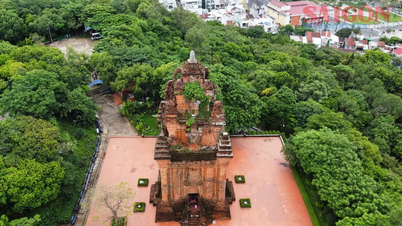


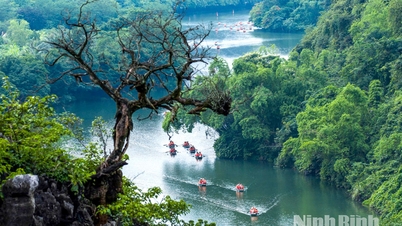

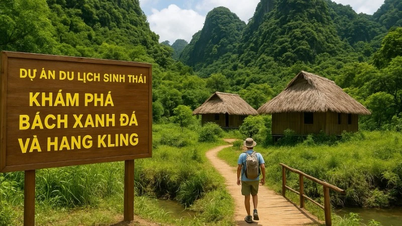





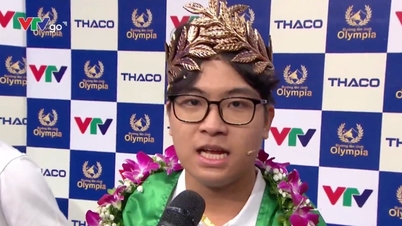




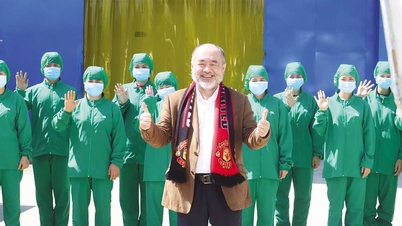




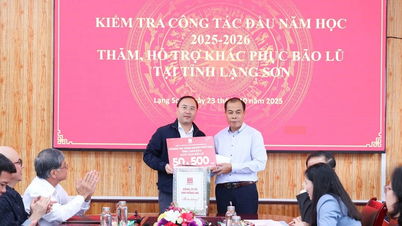




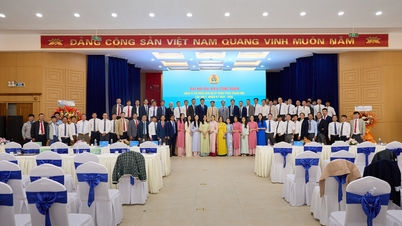


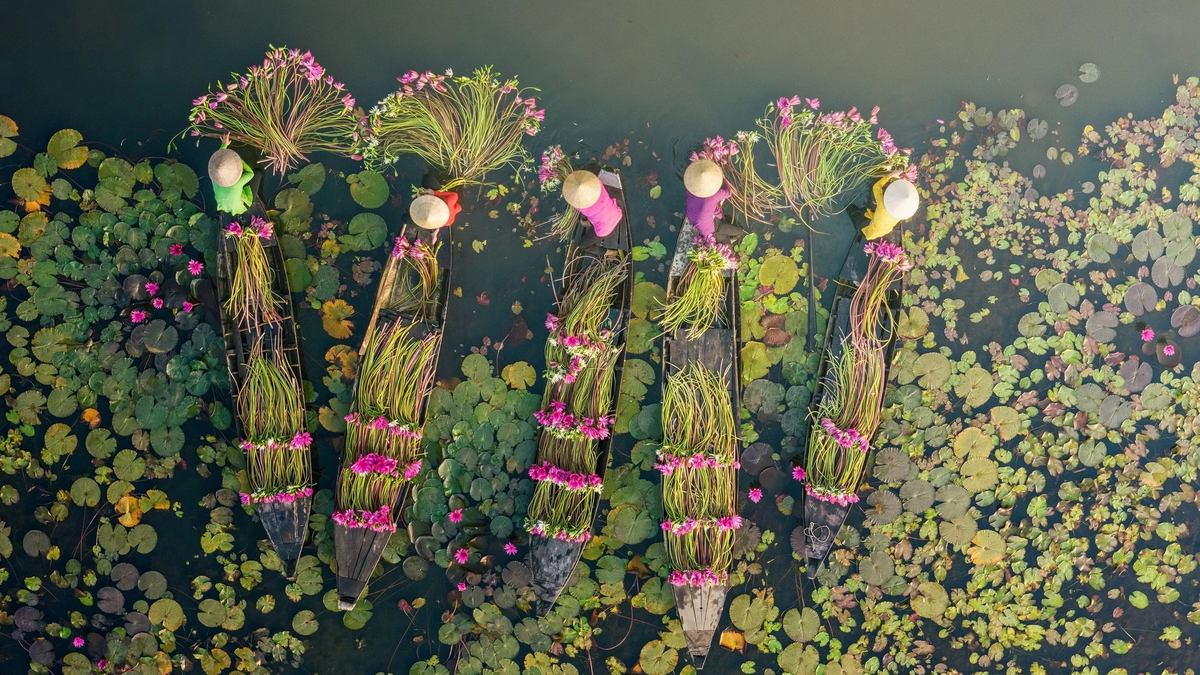
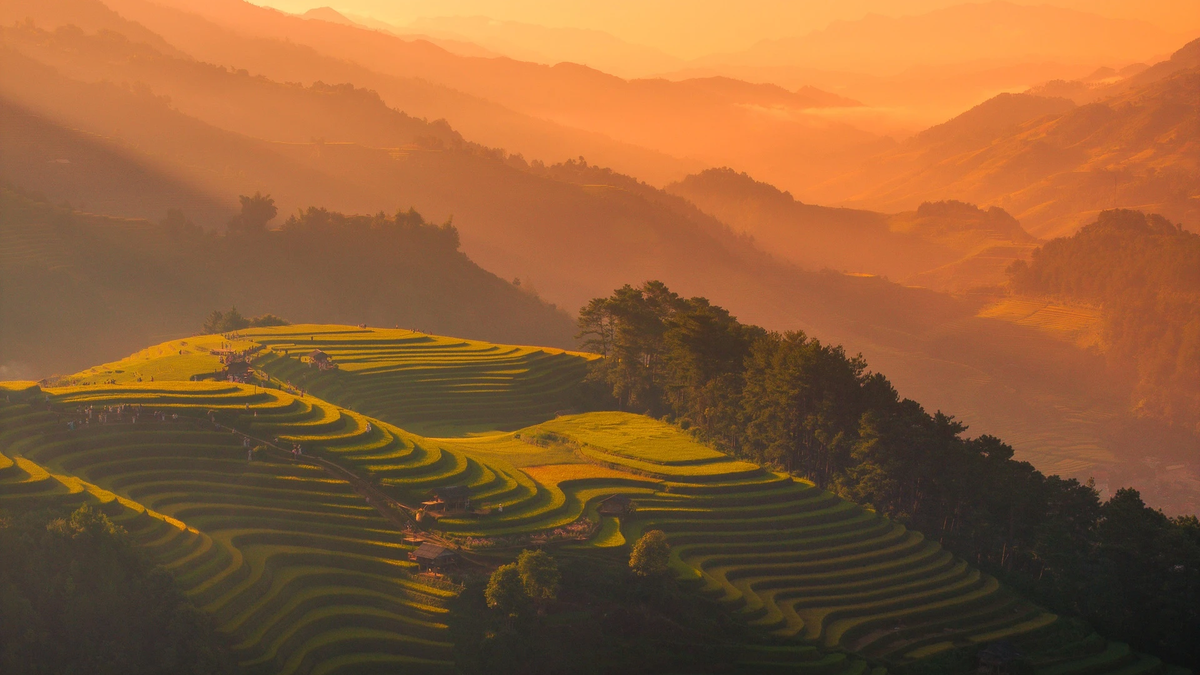
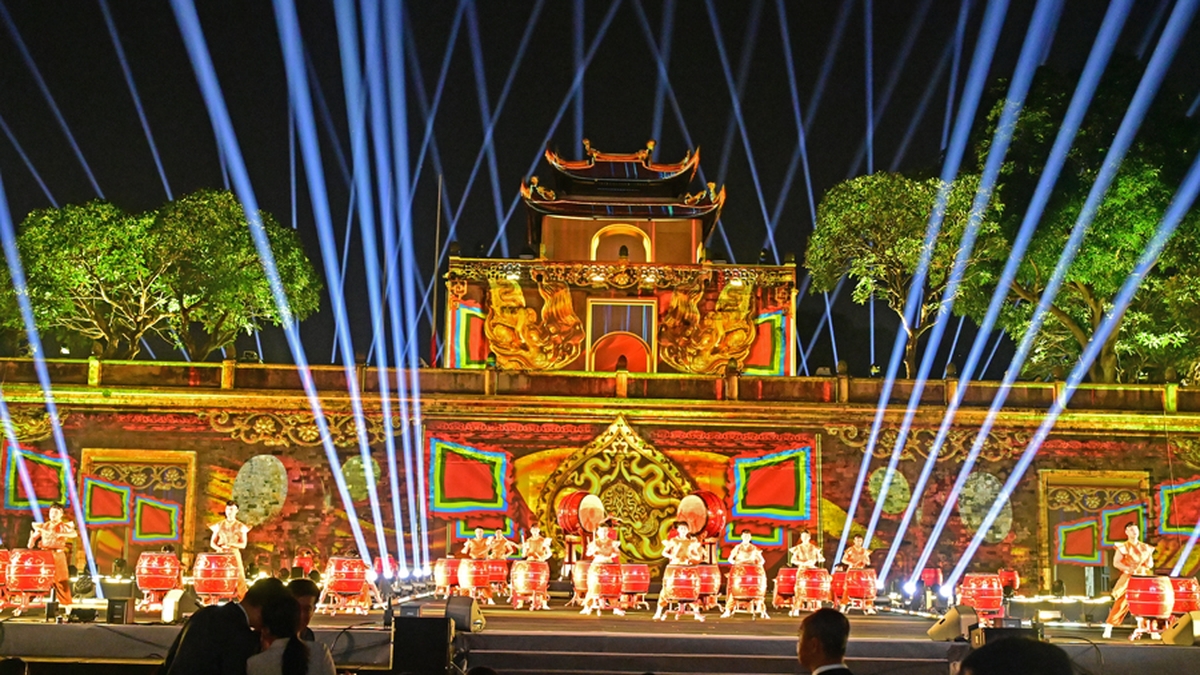
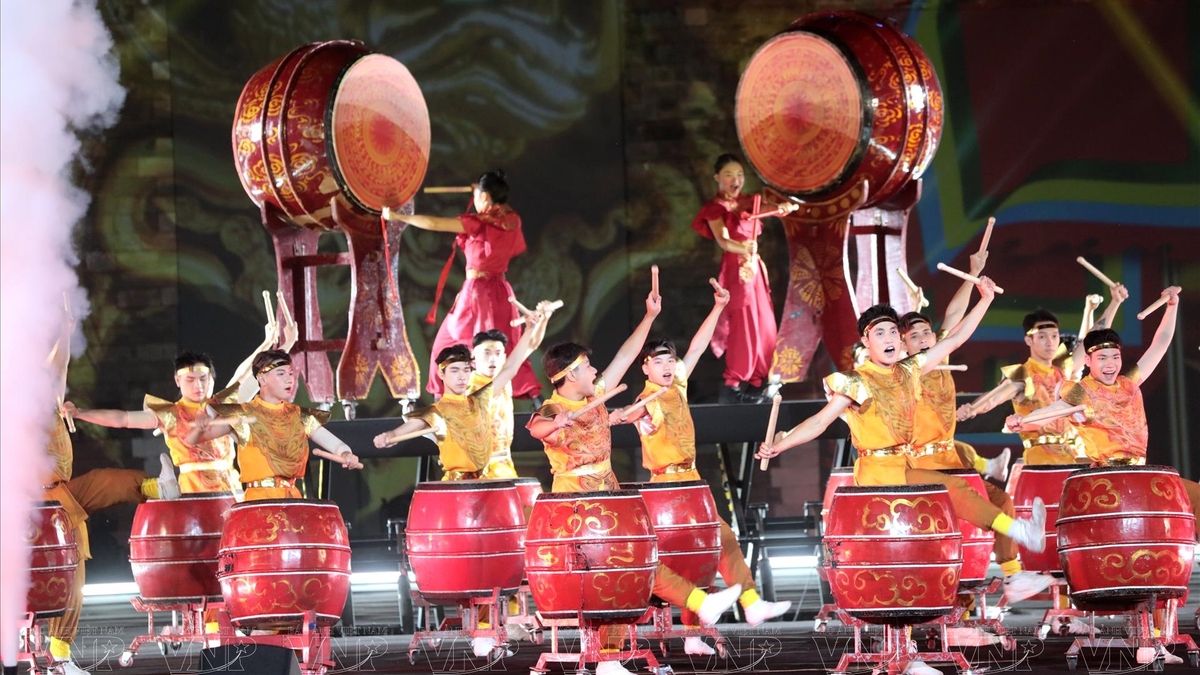
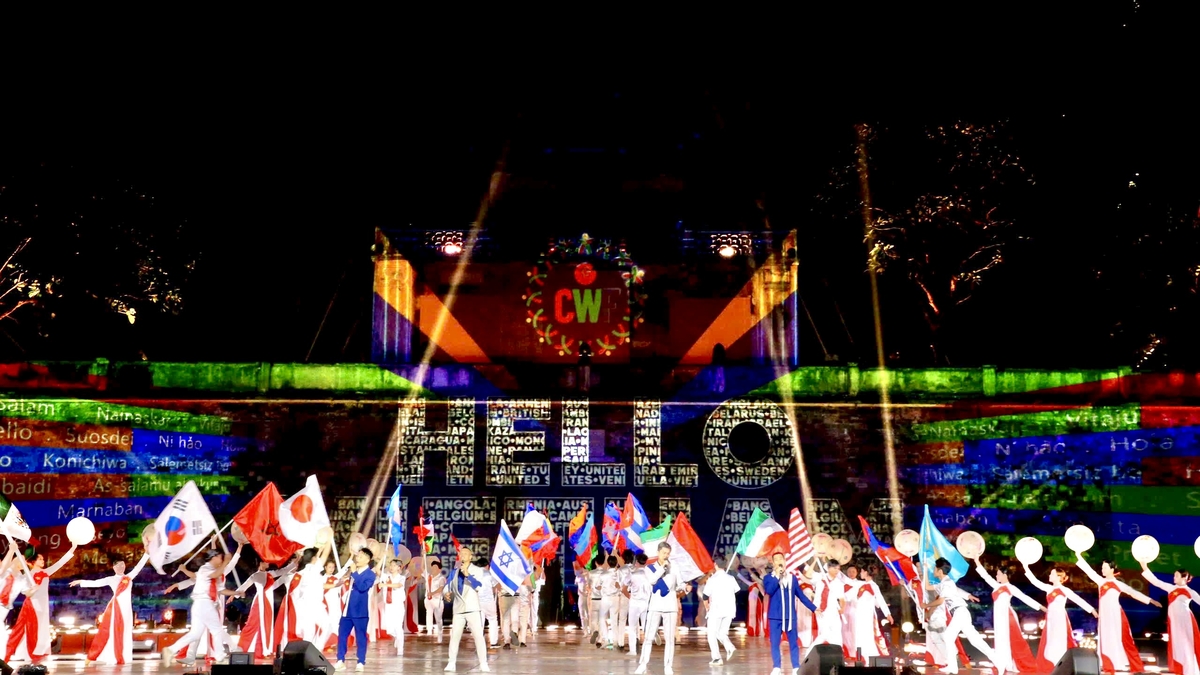

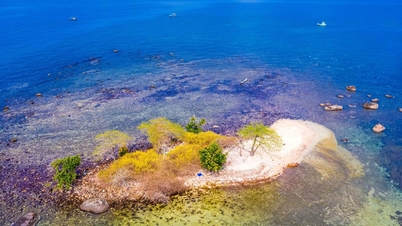



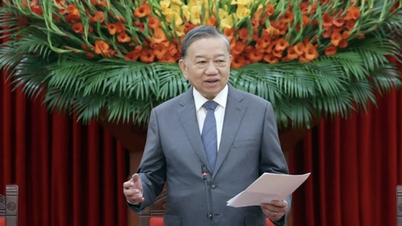





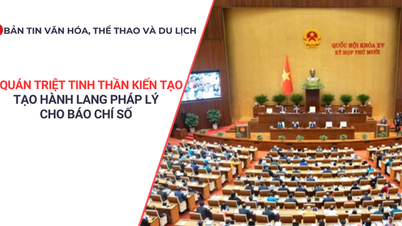

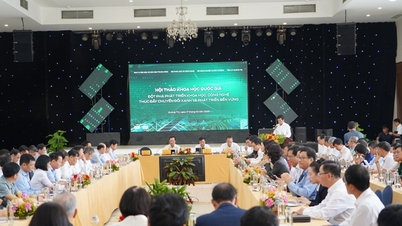

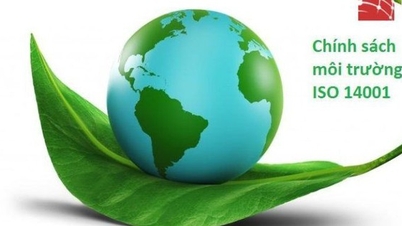


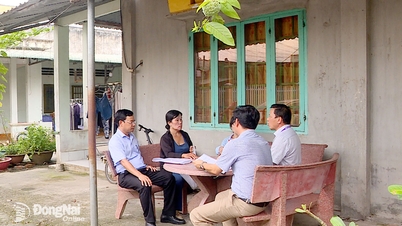
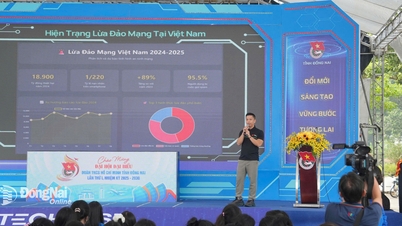
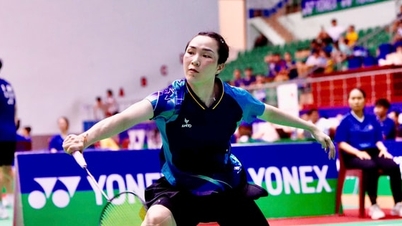














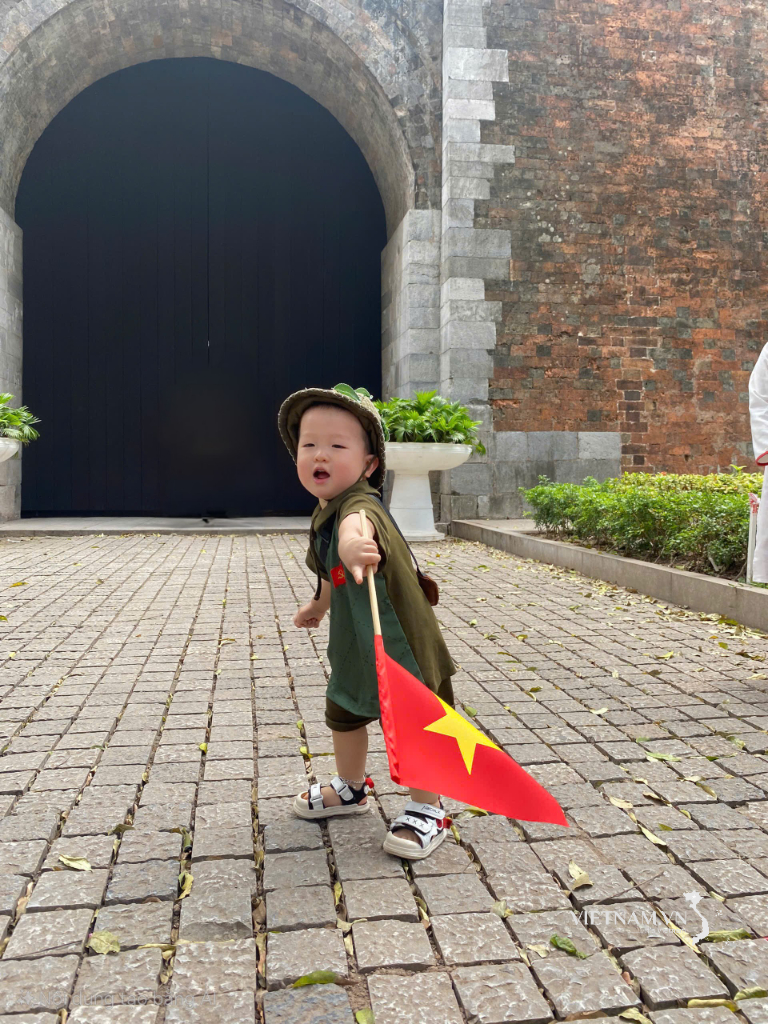
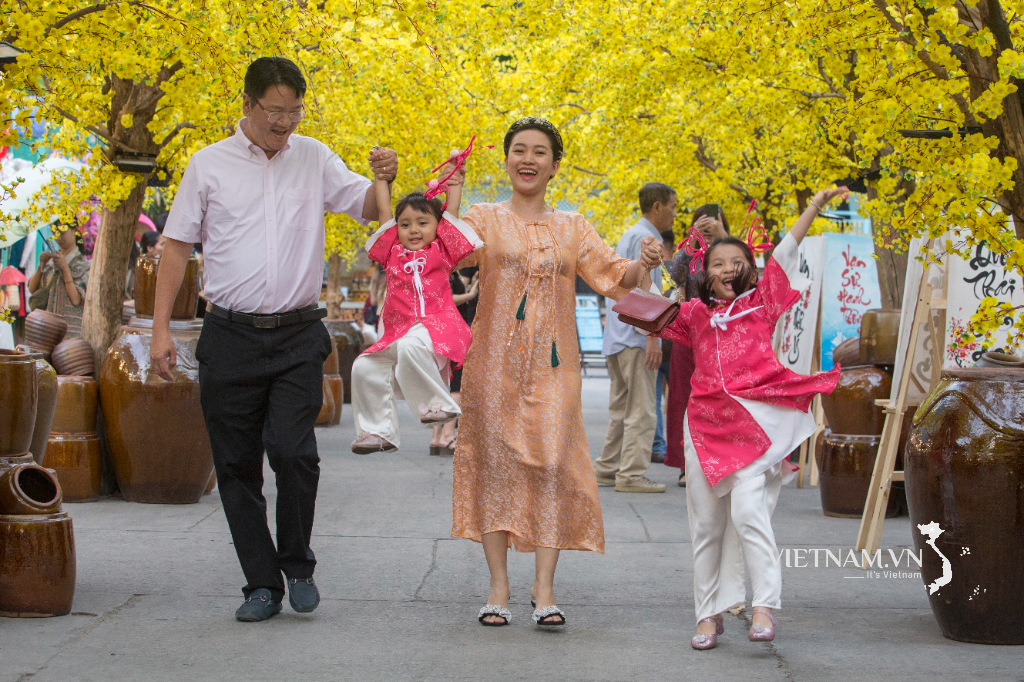

Comment (0)